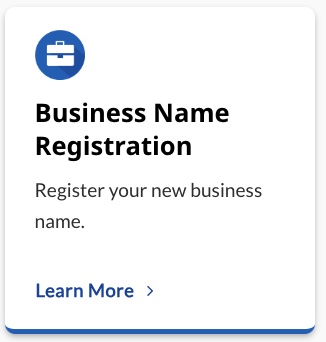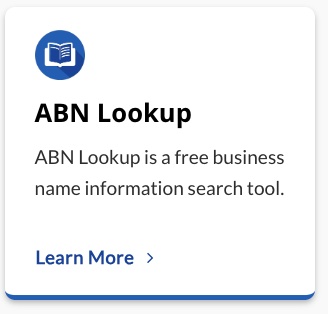Understanding the ins and outs of the cloud is kind of like understanding a whole new language. But, don’t worry, because this article is about to decode everything for you. The cloud is like a big parking lot where our files “park” when we’re not using them.
To start, let’s draw from an analogy to explain what a Hypervisor is. Just imagine going to a really large party and the host assigns you a guide called ‘Hypervisor.’ Now, this guide doesn’t tell you how to interact with others. Instead, he makes sure that you have your own space and resources so that everyone can enjoy the party without overcrowding. The same is the case with cloud computing. Hypervisor ensures that different operating systems like Windows, Mac, and Linux each have their space in the cloud.
Next, there’s Infrastructure as a Service (IaaS). Now, think about the last time you constructed a really high tower with your LEGO blocks. All those blocks you used to create the tower are like IaaS. They provide the basic infrastructure or building blocks for any software.
Moving along, Platform as a Service (PaaS) is like a pre-assembled LEGO board. This board provides a pre-configured environment to help you start constructing your tower quickly.
Then there’s Software as a Service (SaaS). Remember playing with puppets when you were little? Back then, you only thought about how to manipulate the puppets, and not how they were made. Just like those puppets, SaaS provides ready-made software for businesses to use. You do not have to worry about how this software was made.
Afterwards, let’s tackle Network as a Service (NaaS). If you think about a subway system for a city, NaaS is like that. It provides a path for data to travel from one place to the other.
Lastly, let’s explain a term called multi-tenancy. You are probably thinking this sounds like a mouthful, but it’s more like sharing an apartment with someone else. In this scenario, you each have your own space, but you share common areas like the kitchen or living room. Similarly, in cloud computing, multi-tenancy refers to various companies sharing the same cloud resources.
So, to sum up, the cloud is a really interesting space where all our files hang out when we’re not using them. Hypervisor ensures these files each have their own “space,” IaaS provides the building blocks, PaaS offers pre-configured settings, SaaS gives ready-to-use software, NaaS directs the paths for data, and multi-tenancy allows sharing of resources.
Isn’t it fascinating to know about all these cloud terms? It’s like learning a new language, isn’t it? Well, keep learning and keep growing, cause the sky’s (kind of like the cloud’s) the limit!
Register your new business name at register.biz.au


